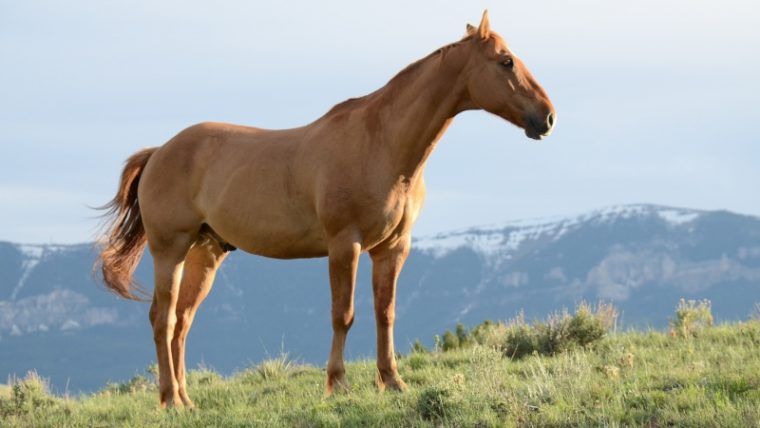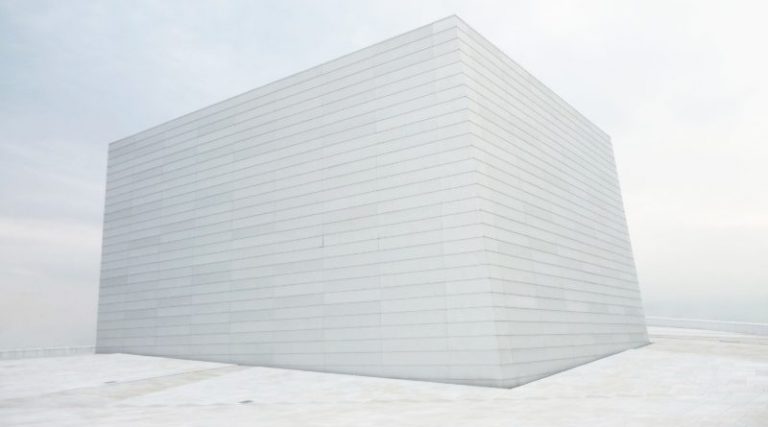Studies in psychology suggest that no two persons in the world would have the exact same personality. A personality is what we use to describe a person’s behavior. Behaviors may be introverted or extroverted, and personality tests were devised to collect principal data about a person’s observable behavior.
The first personality tests appeared in the 1920s and were intended to aid in personnel selection, particularly in the military. Since then, a number of personality tests have been developed and optimized for different purposes. Some of these—such as the MBTI and the Keirsey Temperament Sorter—really can help people understand themselves better, but others are made just for laughs.
While the first personality tests were developed as diagnostic tools, the majority of personality tests today are simply seen as fun. Does figuring out which Lord of the Rings character you are have any real bearing on your life? No. But it’s a fun way to spend a few minutes. So while personality tests can be helpful for getting a general idea of who you are as a person, they should be taken with a grain of salt (maybe a whole shaker, sometimes).
The Cube Personality Test
All that said, allow me to guide you through my version of the Cube Personality Test. It’s important that you describe whatever comes to your mind first for each question. I also recommend writing your answers down so that it’s easier to figure out your results at the end (and harder to waffle about your answers or change them for a result that you prefer!).
Please follow the following instructions chronologically and try to be as honest as you can.
Think of an open field. How big is this field? What is it filled with? What are the surroundings like?
Think of a cube. How big is the cube? What is it made of, and what is the surface like? What color is it? Where in the field is it? Where is the cube (e.g. on the ground, floating, etc.)? Is it transparent? If so, can you see inside?
Think of a ladder. How long is this ladder, and where is this located in your field? What’s the distance between the ladder and the cube?
Think of a horse. What color is the horse? What is the horse doing, and where is it in relation to your cube?
Think of flowers. Where are the flowers in your field, and how many are there?
Think of what the weather in the field is like. Is it raining? Sunny? Is your field foggy?
Think of a storm. What is the distance between the storm and the cube? Is it a big storm? Is it just passing through?
Before moving on to the interpretation of your vision, re-imagine the entire scenario once more. Make sure that the image in your head is clear. I even suggest writing it down!
How to Interpret Your Vision
Now that you have a clear picture of your field and everything in it, it’s time to see what it says about who you are! Below, you will find sections corresponding to each element in your vision (e.g. field, cube, etc.). Scan the tables for your answers!
Note: If none of the options below feel quite right, choose the closest match.

1. The Field
The field represents your mind. Its size is the representation of your knowledge of the world, and how vast your personality is. The condition of the field (dry, grassy, or well-trimmed) is what your personality looks like at first glance.
Dry and Dead Grass = You are feeling pessimistic.
Grassy and Healthy = You are feeling optimistic.
Well-Trimmed = You are analytical and cautious.

2. The Cube
The cube represents you. The size of the cube is your ego. The surface of the cube represents what is visibly observable about your personality, or maybe it is what you want others to think about you. The texture of the cube (e.g. smooth, rough, bumpy, etc.) represents your nature.
Smooth Cube = You are a gentle person who takes care not to hurt others or make them feel uncomfortable.
Rough Cube = You are more straightforward. You tend to be honest in everything you say, no matter how it might affect the person you’re talking to.
Bumpy or Spiky = You have a tendency to criticize others in an attempt to make them feel inferior to you.
The color of the cube is a more in-depth analysis of yourself. Each color can represent an emotion, or an entire personality altogether. However, these are the most common:
Red = You are physically active and enjoy rich sensory experiences.
Yellow = You are sociable and cherish your individuality.
Blue = You are intelligent and respect others’ ideals.
Violet = You are intelligent and a bit of a perfectionist. You are also mysterious.
Grey = You are self-confident, independent, and not easily rattled.
Black = You have a strong sense of individuality and independence, and you put a high value on alone time.
White = You are kind, independent, and self-reliant.
Other Cube Characteristics
In some cases, the physical characteristics of the cube are unique;
A cube with a transparent surface means you tend to let others know how you feel on the inside. You are confident enough to show your inner thoughts, and you are deeply sincere. You know that you are good inside, and guess what—it shows! That’s what most people see in you as well.
A cube made out of water or ice indicates that you let external elements influence you completely. Your personality is sensitive to social pressure, relationships, and other environmental factors.
A hollow cube means that you are primarily concerned with your outside appearance, with far less care for what’s going on within. However, this does not mean that you have nothing to offer on the inside.
A cube made out of metal or rock indicates that you have solid integrity. Your personality is so strong that it cannot be bent or influenced by any external force. You are dominant and consistent.

3. The Ladder
The ladder represents two different aspects of your life—your goals and your friendships. First, let’s look at what the ladder says about your goals.
Short = Your goals are realistic and simple.
Long = Your goals are more far fetched and difficult to attain.
Near = You are putting maximum effort and focus into achieving your goals.
Far = Your aren’t putting much thought or effort into achieving your goals.
Now, the location and material of your ladder can also tell you how close you are with your friends. You guessed it—the closer the ladder is to the cube and the stronger the ladder is, the better it is for your friendships!

4. The Horse
The horse represents your ideal partner. It could be playing, running around, or grazing right next to your cube or clear across the field.
Playing = Your ideal partner doesn’t take life too seriously and or get bogged down by the little stuff.
Running = Your ideal partner will respect your space and give you the alone time that you crave.
Sleeping or Grazing = Your ideal partner is calm and fully committed to you.
Brown Horse = You prize comfort and reliability above all else. Otherwise, you don’t have a specific set of expectations for your partner.
Black Horse = Your idea partner is dominant, seductive, and sophisticated.
White Horse = You value loyalty and trust more than anything else in a relationship.
If your horse is a completely different color than the ones listed above (think Wizard of Oz), it means you value originality and independence in a partner. You want to be with someone who fascinates and challenges you.
One more factor to consider about the horse is its distance from the cube. If it’s very near the cube, it indicates that you prefer relationships where you spend most of your time with your partner. If the horse is a bit further away from the cube, it indicates a need for a partner who will understand and accommodate your desire for alone time.

5. The Flowers
The flowers represent your family and friends. The number of flowers reflects your popularity, and their location indicates how close you are with your social groups.
Just a Few = You are close with your family and have a small, tight-knit group of friends.
They’re Everywhere! = You’re a social butterfly! With family and friends too numerous to count, you’ll never be lonely.

6. The Weather Condition
The weather in your field reflects your general outlook on life. There’s a reason we have expressions like, “When it rains, it pours!”
Rain = Rain symbolizes the problems in your life; the harder the rain, the bigger the problems.
Fog = You feel uncertainty in life and may be struggling with your identity.
Wind = Though you tend to worry about future issues, you generally don’t let them get you down for long.
Sun = You are optimistic and carefree!

7. The Storm
The strength and position of the storm reflect the stress you’re feeling in life. As you probably guessed, the stronger the storm and the closer to the cube, the higher your stress level! If you imagined a storm raging right above your cube, it might be a good idea to work on reducing stress in your daily life.
Mild (Just Passing Through) = While you aren’t immune to stress, you know that all things must pass.
Strong (In the Eye of the Storm) = When you stress, you go all in and have a very hard time pulling yourself out again.
Storm In the Background = Any obstacles that might be causing you grief are not at the forefront of your mind. You are good at managing your anxiety.
Storm Above Your Cube = You are deeply affected by stress and have a hard time seeing past it to get back to the bigger picture.
This test is a modified version of an older personality test and is a little bit more in-depth. While this test is more for fun than anything else, it should still help you understand a little more about yourself. Some answers may be more unique than what the interpretations here provide for. In this case, you can try your best to find the closest approximation, or you can do a little interpreting of your own.
In the end, one of the great things about personality tests is their ability to get you thinking.
Source: mysticalraven.com




0 Comments